Roughleaf dogwood, also known as Cornel Dogwood, Drummond’s Dogwood, Small-flower Dogwood, and White Cornel, is a woody, deciduous shrub belonging to the Cornaceae family. Its botanical name, Cornus drummondii, reflects both its dense, horn-like wood and its namesake, Thomas Drummond, a Scottish botanist who contributed significantly to plant collection in America.
Native to regions spanning southeast Canada to central and east-central United States, Roughleaf dogwood thrives as a resilient shrub in diverse landscapes. Its adaptability and strong, dense wood make it a valued plant in gardens and natural settings alike.
| Common name | Cornel Dogwood, Drummond’s Dogwood, Roughleaf Dogwood, Rough-Leaved Dogwood, Small-flower Dogwood, White Cornel |
| Botanical name | Cornus drummondii |
| Family | Cornaceae |
| Species | drummondii |
| Origin | Southeast Canada to Central and East Central U.S.A. |
| Life cycle | Woody |
| Plant type | Shrub |
| Hardiness zone | 5, 6, 7, 8 |
| Sunlight | Deep shade |
| Maintenance | Medium |
| Soil condition | Clay |
| Soil ph | Alkaline |
| Drainage | Well-Drained |
| Growth rate | Fast |
| Spacing | 6 – ft. – 12 ft. |
| Harvest time | Fall |
| Flowering period | Spring |
| Height | 6 ft. – 25 ft. |
| Flower color | White |
| Leaf color | Green |
| Fruit color | White |
| Stem color | Green |
| Fruit type | Drupe |
| Fruit benefit | Showy |
| Leaf benefit | Showy |
| Flower benefit | Showy |
| Garden style | Butterfly Garden |
| Uses | Naturalized Area |
I. Appearance and Characteristics
Cornus drummondii, commonly known as the roughleaf dogwood, is a small deciduous tree that is native primarily to the Great Plains and Midwestern regions of the United States. It is also found around the Mississippi River. It is uncommon in the wild, and is mostly found around forest borders.
The species name drummondii is named for Scottish naturalist Thomas Drummond by Carl Anton Von Mey in 1845. Drummond’s collection of 750 plant species has been shared throughout museums and scientific institutions throughout the world. The genus name Cornus comes from the Latin word for horn, “Cornu” which is likely in reference to the tree’s dense wood.
Cornus drummondii is a deciduous tree in the Cornaceae family. Cornus drummondii produces fruit that ripens from August to October. It is uncommon in the wild, and is mostly found around forest borders. The Roughleaf Dogwood flowers during the summer months. Leaf description: petiole 8–25 mm; blade lanceolate to ovate, 2–12 × 1.2–7.7 cm, base cuneate, truncate, or cordate, apex abruptly acuminate, abaxial surface pale green, hairs curved upward, dense, adaxial surface gray-green, hairs curved upward or appressed; secondary veins 3–4(–5) per side, most arising from proximal 1/2. The leaf is ovate shaped and has a pinnate venation. The leaves are an olive green color. The flowers bloom white and bloom in the months April to July.
Cornus drummondii has low water requirements and grows in shaded or partially shaded areas. Will grow in dry or moist alkaline soil. Cornus drummondii can be grown in sandy, sandy loam, medium loam, clay loam, and clay soils. Unlike many other dogwoods, roughleaf dogwood is very adaptable and can grow in a multitude of conditions.
The native habitat for Cornus drummondii are swamps & marshes, wet to dry woods & thickets, lakes & stream banks, and dry limestone hills.
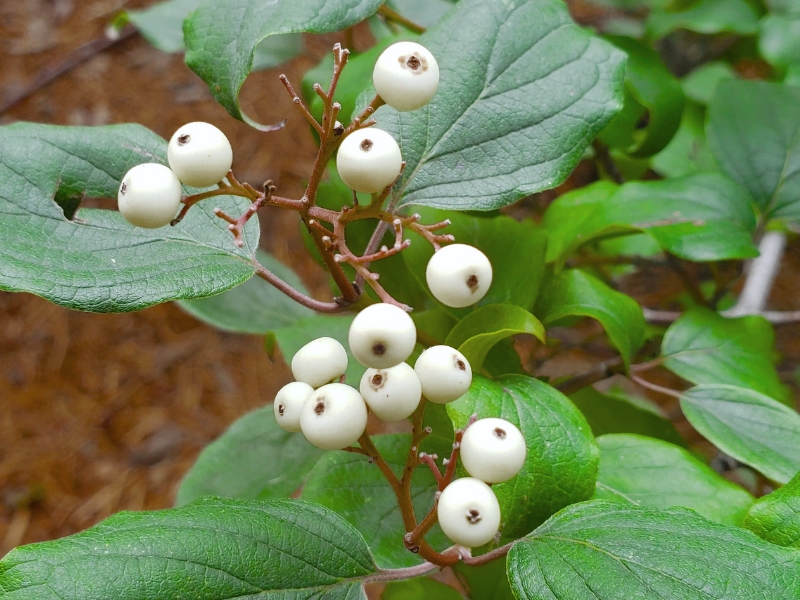
II. How to Grow and Care
Sunlight
Roughleaf dogwood prefers full sun and can grow in a slightly shaded environment. It needs 4-6 hours of sunlight per day; if it does not get enough sun, the plant will grow poorly, the branches will become lighter in color, and the number of flowers and fruit will be fewer.
Temperature
Roughleaf dogwood is widely distributed in temperate and subtropical regions and prefers cool, moist environments. It is cold hardy, tolerating temperatures as low as -20 ℃, but fears heat. Roughleaf dogwood is drought-tolerant and requires little water. However, it is necessary to ensure a basic water supply in hot summers.
Watering
Thriving in its native environment, roughleaf dogwood has adapted to periods of less frequent rainfall, indicative of a plant that can tolerate moderate drought. It maintains a balance by preferring consistent moisture but can withstand short dry spells. For optimal health, it’s recommended to water roughleaf dogwood once every 1-2 weeks. Typically grown outdoors due to its size and nature as a deciduous shrub, roughleaf dogwood’s watering needs are particularly influenced by the growing season, with increased hydration necessary during these peak growth times to support its lush foliage and flowering.
Soil
Roughleaf dogwood is very adaptable, but prefers nutrient-rich, well-drained soil. If the soil is poorly drained, improve it by mixing in some sand. It grows best in neutral or slightly acidic soil with a suitable pH of 5.5-6.6.
Fertilizing
For roughleaf dogwood, select balanced nutrition fertilizers or high nitrogen options during active growth in spring and summer. Fertilize biannually, applying sparingly to prevent root burn and encourage vigor. Vary rates: more in growth phases, less when dormant. Fertilization enhances flowering, fruiting, and overall health. Wear gloves, keep fertilizer from foliage, and water soil post-application for optimal uptake and reduced risks. Seasonally adjust: lighter in fall, pause in winter. Use granular for slow release. Experienced gardeners gauge plant response and adjust as necessary.
Pruning
Roughleaf dogwood does not require much pruning. You need only to cut off dead, injured branches and any parts infected with pests and disease. Prune roughleaf dogwood in late fall and winter. If you prune it in spring or summer, the plant is in its growing season and the wounds will shed a lot of sap; in late fall and winter, roughleaf dogwood enters dormancy and will not do that.
Propagation
Roughleaf dogwood can be propagated in autumn and winter using hardwood cuttings, layering (air), or sowing seeds. Propagation difficulty is low, and signs of successful propagation include the growth of new roots and shoots. Tips for successful propagation include using a rooting hormone and providing adequate moisture.
Transplanting
For roughleaf dogwood, the optimal replanting period is seasons S1-S3, as it favors root development. Choose a semi-shade area rich in organic matter to promote its growth. Transplant carefully, ensuring the root ball remains intact. Remember, patient nurturing yields splendid landscapes!
Overwintering
Roughleaf dogwood hails from North America’s rich, moist soils and has naturally evolved to withstand its bitterly cold winters. In these months, roughleaf dogwood’s deciduous nature causes it to shed leaves, entering a dormant period essential to its life cycle. In home gardens, minimal winter maintenance is needed. A layer of mulch retains moisture and shields the plant’s roots from chill – ensuring roughleaf dogwood greets spring in top form.
III. Uses and Benefits
Cornus drummondii should be grown in full sunlight and well drained soil. The Roughleaf Dogwood does not require much water to grow. The Roughleaf Dogwood is used as a buffer planting around parking lots, in the medians of highways and near the decks and patios of homes. The Roughleaf Dogwood is used as an ornamental tree because of its ability to survive with little care once mature because of its tolerance to pests, low water requirements and tolerance to shade. It can grow to a height of 15 to 25 feet (4.6 – 7.6 m) with a spread of 10 to 15 feet (3.1 – 4.6 m). Cornus drummondii is often planted to attract birds as birds tend to favor the Roughleaf Dogwood fruit.
There are over 40 species of bird that eat the roughleaf dogwood fruit such as mockingbirds(Mimus polyglottos), bluebirds(Sialia sialis), and cardinals( Cardinalis cardinalis). Other fruit eating animals that use roughleaf dogwood include raccoons, squirrels, deer, rabbits, skunks, and black bears. Birds such as the wood warbler, Yellow-rumped Warbler, kinglets, and flycatchers are known to feast on the fruits in flocks in the fall and winter. Frugivory by birds is a how C. drummondii is commonly dispersed.
Find Where to Buy the Best Roughleaf Dogwood (Cornus drummondii)

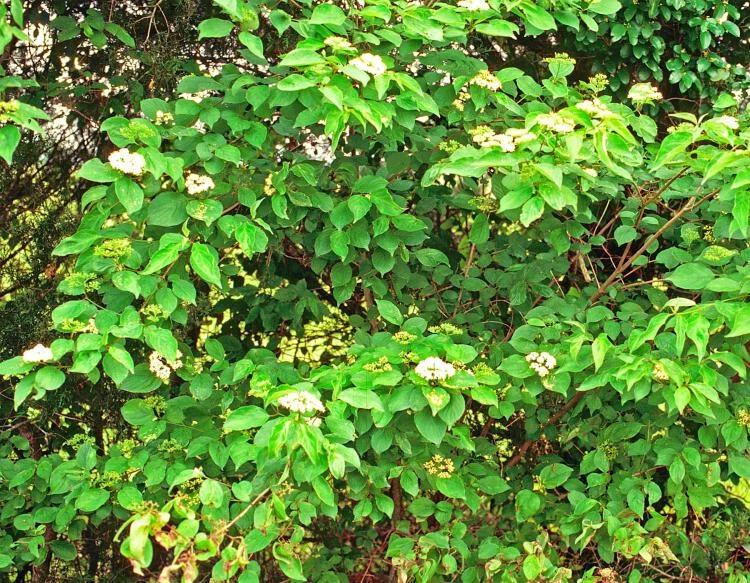

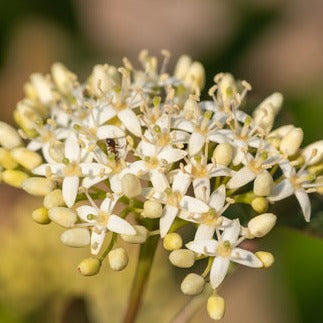
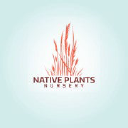
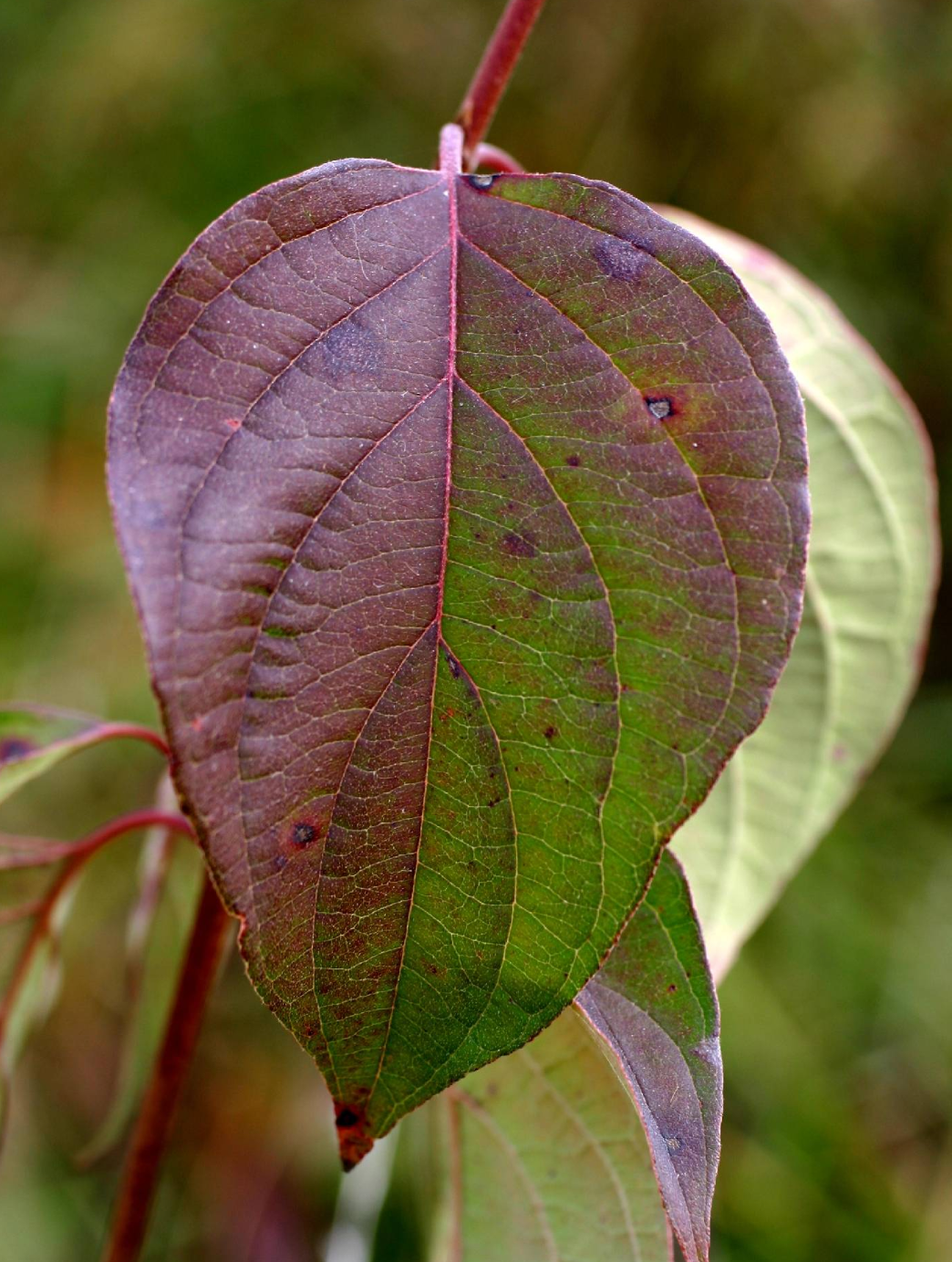
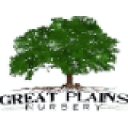
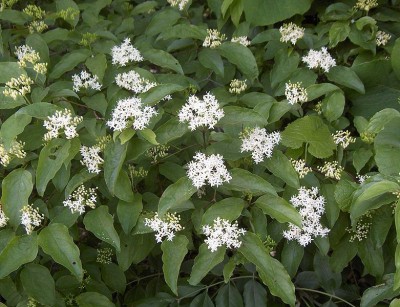


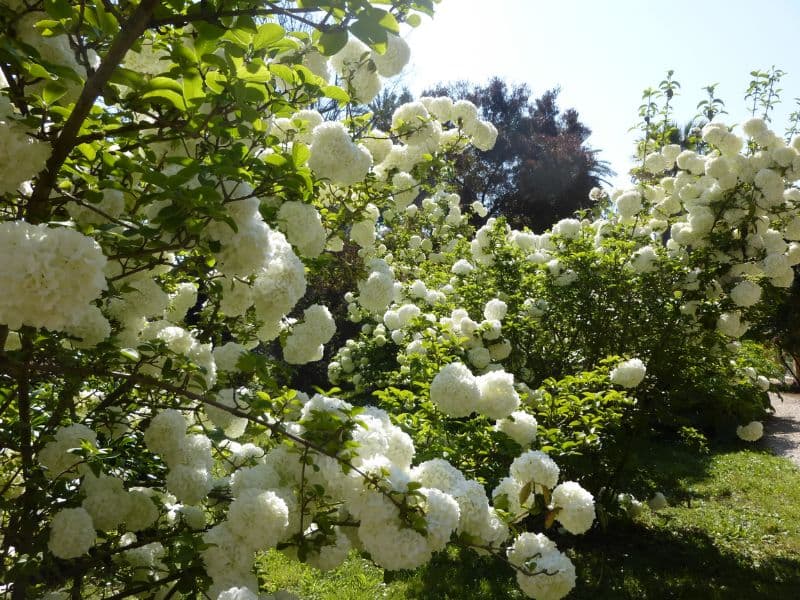
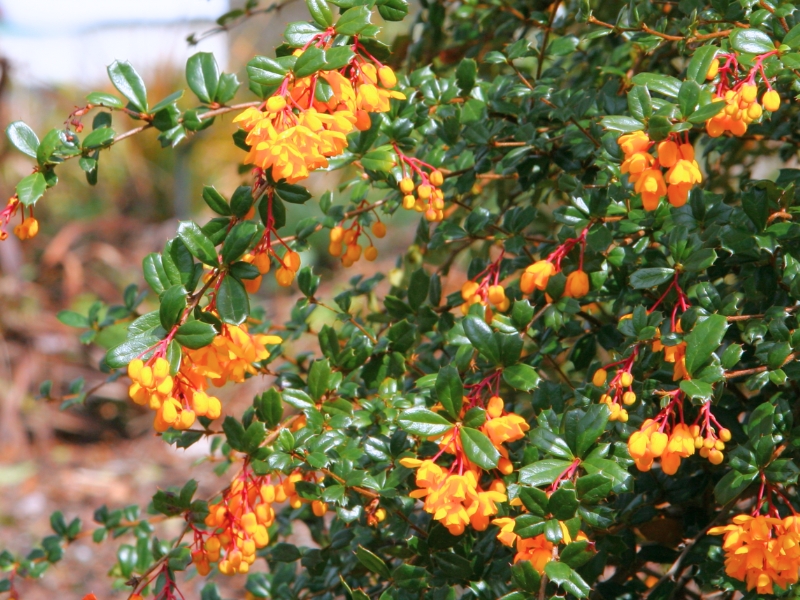
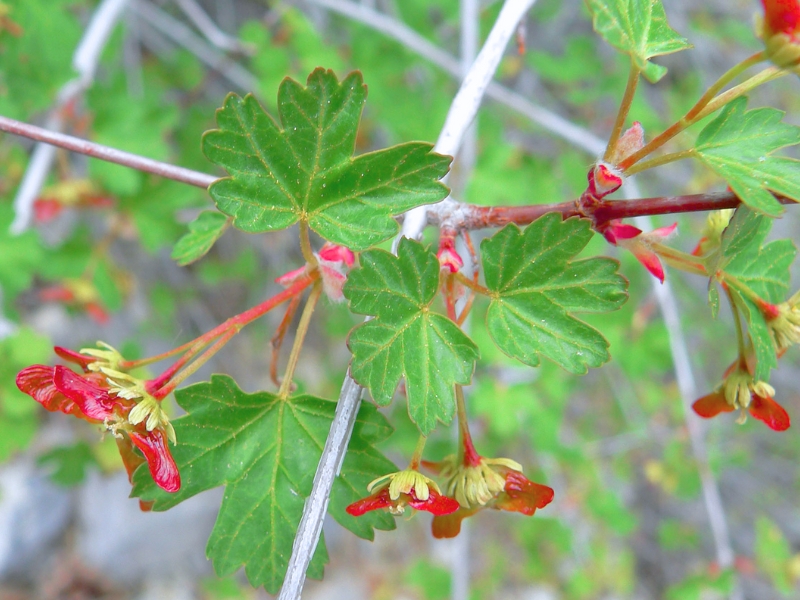
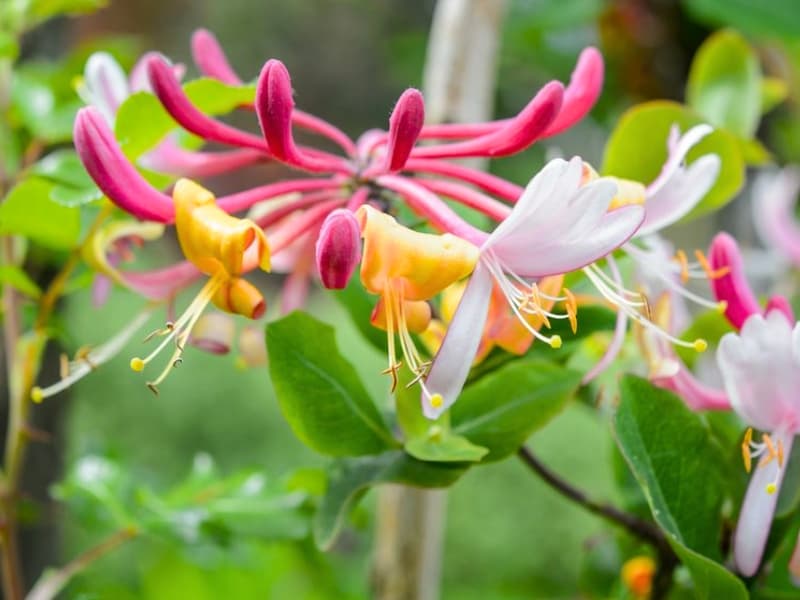
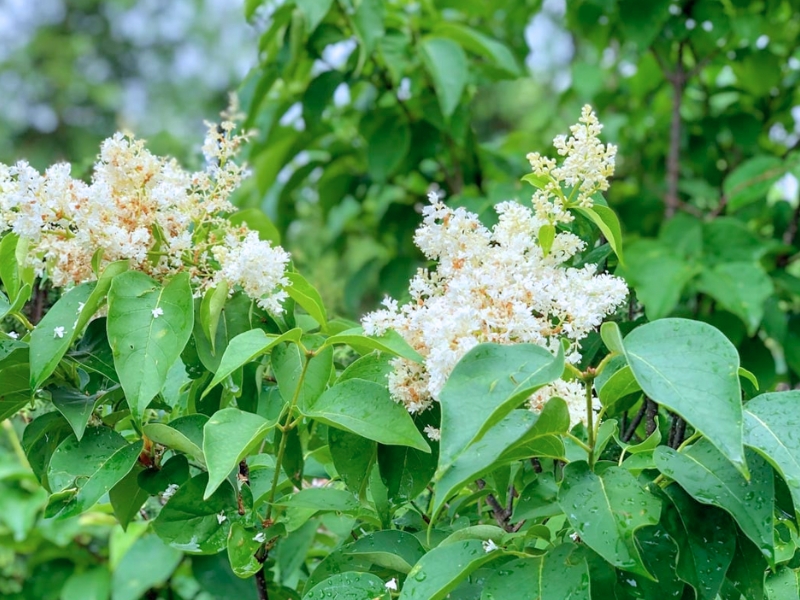
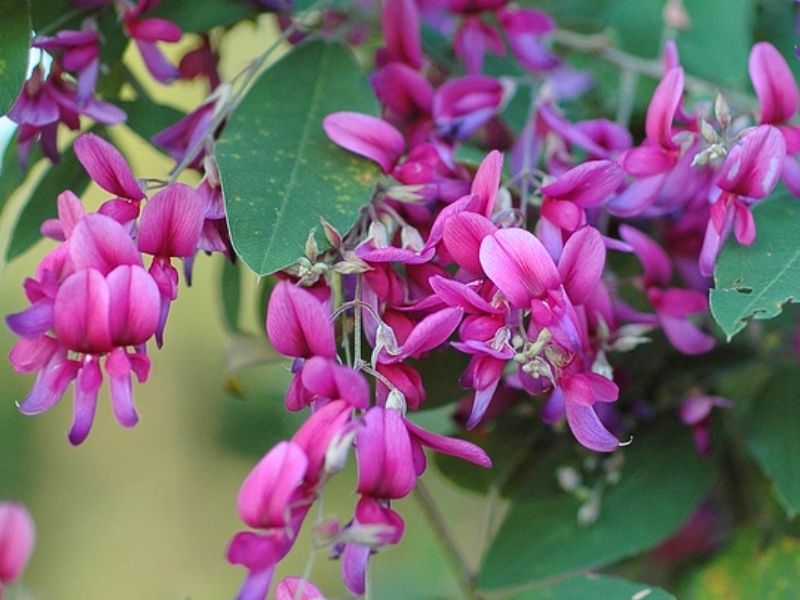
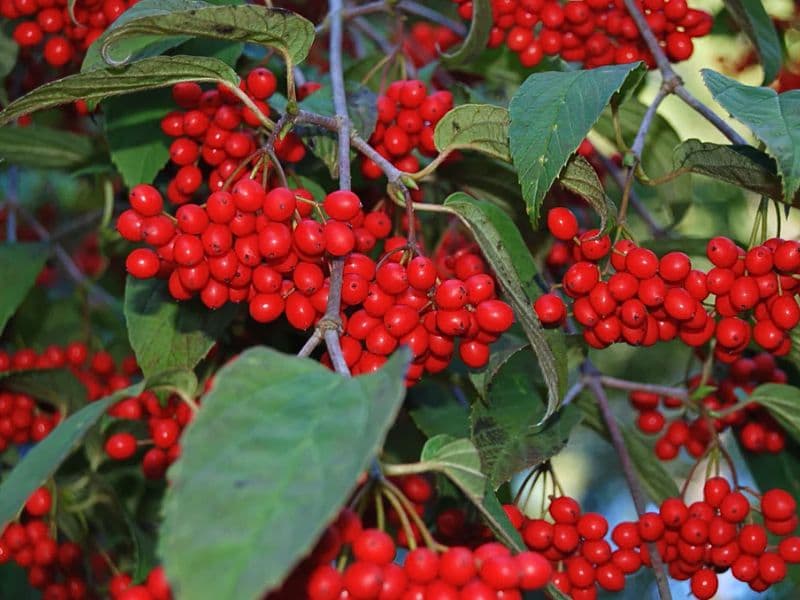
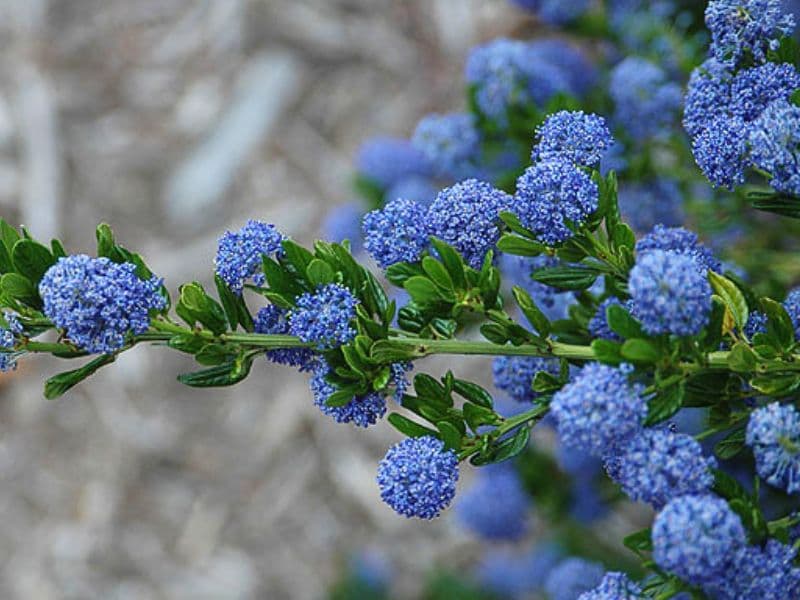
Leave a Reply